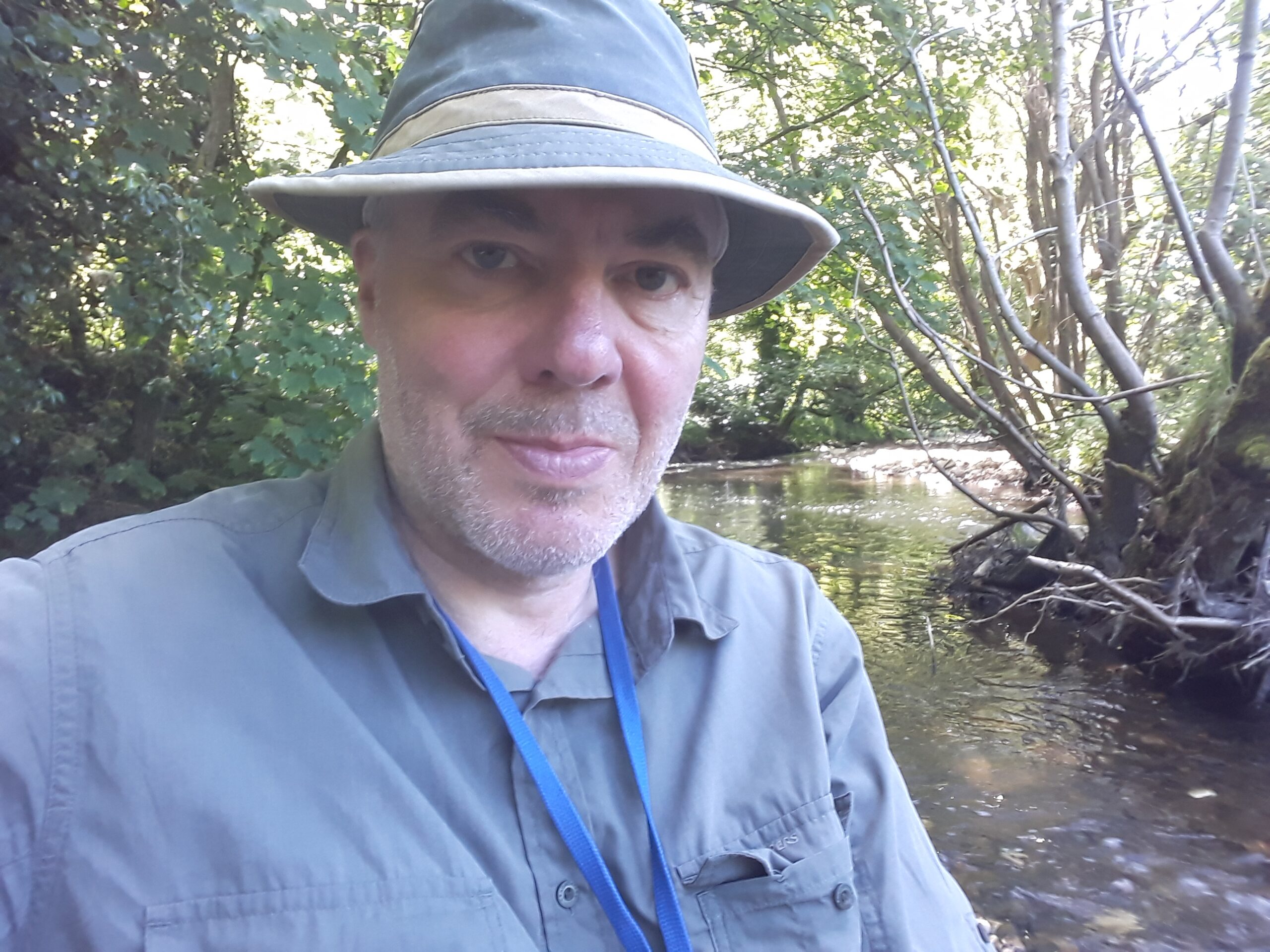From seals in Cornwall to lizards on the heaths, from terns in Norfolk to badgers in the Lake District, visitors to wildlife hotspots can often cause harm to the very thing they've come to see, and most of the time, it's only through ignorance.
It's important for us to get out and fall in love with the nature on our own doorstep and while this is great news for the environment, it can put a tremendous pressure on our countryside and the wildlife that lives in it.
Most people don't even realise the risks they pose to nature just by being there, so we spoke to the people who look after our nature reserves to ask them for their top tips on how best to enjoy watching our beautiful wildlife with maximum enjoyment for us, and minimal disturbance for the animals we are hoping to see.
Top tips to enjoy wildlife without causing harm
1 Try not to disturb resting animals – particularly over the summer it may be a pregnant female who needs all the strength she can get.
2: If you have young children try to keep them quiet. Watching wildlife is exciting but try not to let them shout and rush at any animals they see.
3: Keep your distance. You will see animals acting more naturally if you watch them through binoculars rather than disturbing them by getting too close.
4: Binoculars are not just for far away things – they can be great for watching lizards and snakes on coastal paths, for instance.
5: Animals like edges. So where the tree cover changes to land, or land to water. Pick somewhere good to sit, then watch and wait!
6: Just because you can doesn’t mean that you should. So if an area is fenced off for wildlife, you don’t have to go right up and hang over it – watch from a distance.
7: A nature reserve is not like a public park or playing fields. It is a home for wildlife so you need to behave accordingly. It is not a place for a party!
8: Photographing wildlife: always use a zoom lens so you can keep your distance. Even mobile phone cameras have great zoom functions on them these days. Check out wildlife photography tips
9: If an animal is looking directly at your camera, then you have disturbed it, which will trigger its fight or flight response. Try to take natural looking photographs where the animals are going about their business, undisturbed.
10: Consider hiring a hide – you will have a much better chance of seeing and photographing wildlife. A hide at Wild Haweswater, for example, will serve coffee and fresh local produce so you can dine while you watch!
11: Consider hiring a guide, or even just going out on a guided walk. A good guide will have local knowledge and be able to tell you about more than just the wild animals and plants.
12: If an animal comes too close it isn’t being cute or friendly, the chances are you are threatening its home in some way. Back away.
13: If you do see a rare animal, be careful about sharing your wonderful experience on social media – you may be inviting unwanted attention.
14: Consider sharing any good photos of wildlife with a citizen science recording scheme, such as iRecord. iNaturalist has a social network site as well, so you can talk about your find!
PLEASE keep dogs on leads at all times when around wildlife
PLEASE don’t light portable barbeques in open country, especially in dry conditions, and
PLEASE don’t leave any litter behind – take your litter home with you.
And lastly, anyone enjoying the countryside should be aware of the countryside code.
Main image © Getty Images
